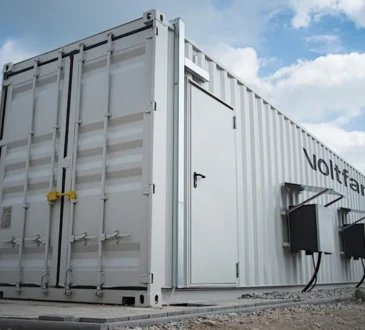
Todd Abner is founder, president and CEO of OMNIA Partners, a leading group purchasing org. in the U.S. serving public and private sectors.
While small businesses have grown by 27.5% nationwide, many are finding that their procurement functions are stagnating. But this isn’t a reflection on the employees responsible for purchasing or of leadership. I believe it’s indicative of a larger systemic issue.
Often, small businesses find themselves without the resources needed to elevate their procurement approach, even as they scale. However, there are still ways for smaller and midsize businesses to access the more advanced procurement capabilities that many larger companies already leverage.
The following are considerations to keep in mind when evolving procurement strategy and processes.
The Procurement Myth
There may be a common misconception among small businesses that an established procurement function or process is only necessary for the Fortune 500 companies of the world.
The truth is, implementing a well-thought-out, proactive procurement plan can benefit any business regardless of its revenue or number of employees. In fact, for those looking to grow their operations and expand their bottom line (which is most organizations), procurement can accelerate expansion.
On the surface, procurement may be seen as a simple buying process, but it’s much more than just buying notepads for an office or furniture for a lobby. The strongest procurement functions require dedicated time, energy and resources to offer organizations a holistic view of their spend across departments and to ensure needs are met by trusted suppliers with minimal rogue spending.
This doesn’t always mean ramping up internal hiring; small businesses can explore alternative approaches, such as collaborative purchasing networks or external procurement advisors, to gain access to broader expertise and resources.
The Growth Connection
While there are a number of ways that strategic procurement can help fuel an organization’s growth efforts, a few stand out:
Supply Chain Resilience
Strong supplier relationships are essential to strong procurement. A well-built supplier network can help organizations continue to operate in periods of growth as well as times of disruption.
Cash Flow Management
Strategic procurement can help organizations reduce maverick spending, which occurs when departments or teams make purchases in siloes and there isn’t a clear, holistic plan in place. If maverick spending goes unchecked, organizations can lose substantial amounts of money through purchases that are duplicative or involve suppliers outside of their trusted network, who may charge higher prices.
Insight Access
Working with an external partner can unlock new ways of tracking, analyzing and acting on spend data to help an organization achieve its goals. It can also connect business leaders with subject matter experts in their industry who can demystify trends and offer purchasing guidance.
The Small Business Advantage
There are unique advantages to being a smaller business implementing a more advanced, strategic approach to procurement. Unlike larger corporations, small organizations can pivot between procurement strategies faster.
If a decision needs to be made regarding a purchase or if a supplier needs to be switched, smaller organizations are often more nimble and agile. They’re able to quickly and continuously adapt based on market conditions without as many internal hurdles or delays.
Similarly, small businesses are often better positioned to build personal, trusting relationships with suppliers, given how deeply small business owners are involved in operations. Their proximity to the business can be a positive for suppliers, who may find it easier to work with small businesses given their more streamlined processes.
Overall, direct owner involvement can lead to more effective pricing discussions, faster responses to supplier performance issues and quicker decisions on new suppliers or technologies.
The Approach To Upleveling
Before evolving procurement processes, it’s essential to take stock of what’s currently in place. Small business leaders should consider factors like who has the authority to make purchases, what types of goods and services are most valuable and who their current suppliers are.
These questions can reveal areas where quick changes can be made that generate immediate results. For example, business leaders might inadvertently discover different individuals making similar purchases from different vendors. In this case, the organization can realize immediate cost savings by halting one of the purchases and drive long-term value by establishing processes that eliminate the potential for future duplication.
Small businesses don’t have to go on this journey alone, nor should they. Engaging with industry peers, consulting groups or shared procurement services can help access tools and insights typically associated with larger organizations.
The Reason To Start Evolving Procurement Processes
Strategic procurement is no longer optional. The businesses that will thrive down the road are those that make necessary changes today.
Strategic procurement isn’t a luxury that a business of any size can afford to overlook—it is and will remain critical to sustainable growth. How is your procurement strategy serving you?
Forbes Business Council is the foremost growth and networking organization for business owners and leaders. Do I qualify?





